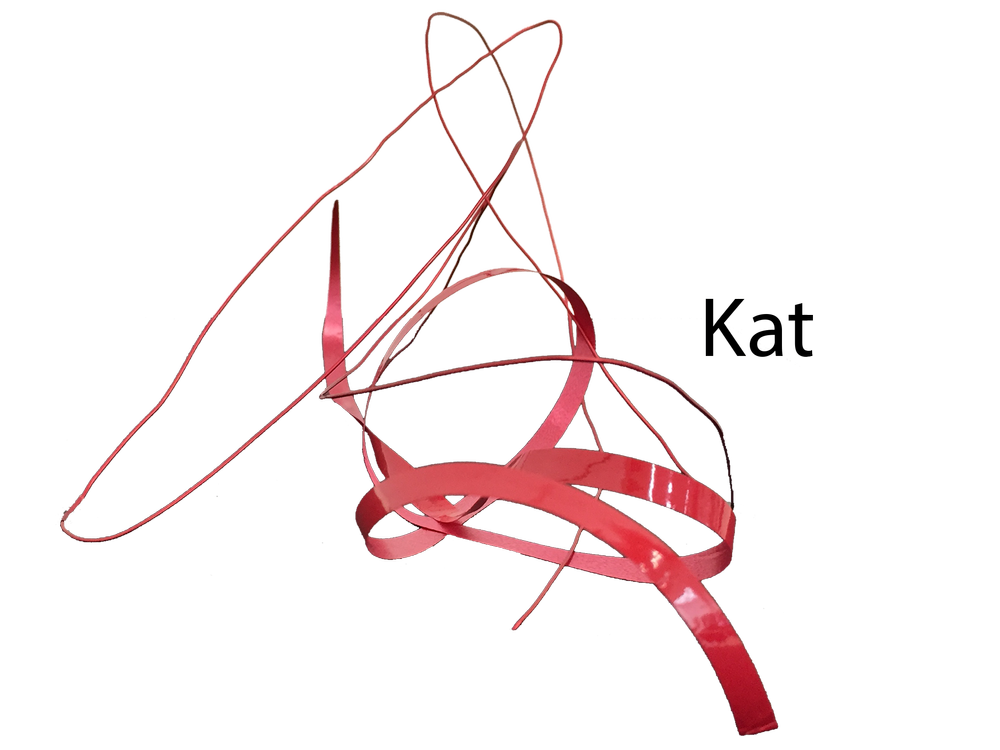Reflecting on another conversation …
This time the topic that came up is galleries and exhibition spaces. A topic that fascinates me (I am currently doing an evening course on the psychology of art & exhibitions) – though the conversation is one that stems from life – not the course.
It came to my attention that some artists have shunned a gallery that I personally love - the reason being the gallery has a wonderful professional curator, is a multipurpose cultural space, and both hosts (invites) artists to exhibit, while allowing others to rent their space / host their own show. It is relatively new – just 5 years old – passionately bringing art to children, as well as adults. Interestingly what makes this space such a valued arena for me, are the very reasons some decline to show their work here.
I am thankful that I & my work has been hosted by this gallery. It has been a privilege to be given the entire gallery space – all 3 of their salons - twice now, the first time in 2021, and again during the summer of 2023. The fact that the gallery space is multipurpose – sometimes functioning solely as a gallery, other days a seminar / event space for adults, at times an art school for children, while at the same time is also a cafe - gives for a dynamic shifting public, and an audience art might not otherwise reach.
One of the values of Sjøholmen Kunst og Kulturhus as an arena for exhibiting art is the fact that one can buy a coffee, take it into the gallery, and just sit with the art while you drink it, whereas research shows people visiting exhibitions in ‘white cube’ galleries spend an average of just 20 seconds with any given piece. I was told by a woman who first discovered my art in June that she went back to Sjøholmen for lunch several times during the summer as she was especially drawn to one of my works, and she wished to just sit with it for a while.
The fact that there is variety in the type of exhibitions and the accomplishment – skill – of the artists exhibiting at Sjøholmen makes for ‘a-ha’ moments. The unexpected. Which again captures the interest of people who may not otherwise experience art.
This story of the renowned violinist Joshua Bell – one of the biggest names in classical music - comes to mind, who in 2007, as part of a social experiment, went busking inside the entrance of a busy metro station at rush hour in Washington. He played for around 45 minutes, performing 6 classical pieces on one of the most valuable violins ever made. Of the1097 people who passed by, only 7 stopped to listen. His performance was arranged by The Washington Post as an experiment in context, perception, and priorities.
Do we perceive beauty? Do we stop to appreciate it? Do we recognize talent in an unexpected context?
Sadly, too many artists / people / collectors / funding bodies / institutions buy into the notion that art must be exhibited in a museum or a large public gallery to be valid and or have value, overlooking and undervaluing artists and art, and invalidating alternative spaces to the ‘white cube’ gallery space.
My belief is that any piece of art that has an inherent value of and within itself – a piece worthy of exhibiting – does not cease to be art - nor does it lose its inherent value - when experienced in an unexpected space. I also believe an accomplished artist does not cease to be talented or gives less value in what they share when they show their art outside of the ‘white cube’ establishment.
Multipurpose cultural spaces, such as the one at Sjøholmen, managed by an art professional, while being genuinely open and accessible to all – a venue gathering people cross generations and cultures - are of increasing relevance for artists who are curious about people, and wish to connect with a wider audience. To those who have shunned them, I invite you to re assess your perceptions of what constitutes value. Ask yourselves do you really need the ‘white box’ to validate your art or is your art valid of and within itself?

